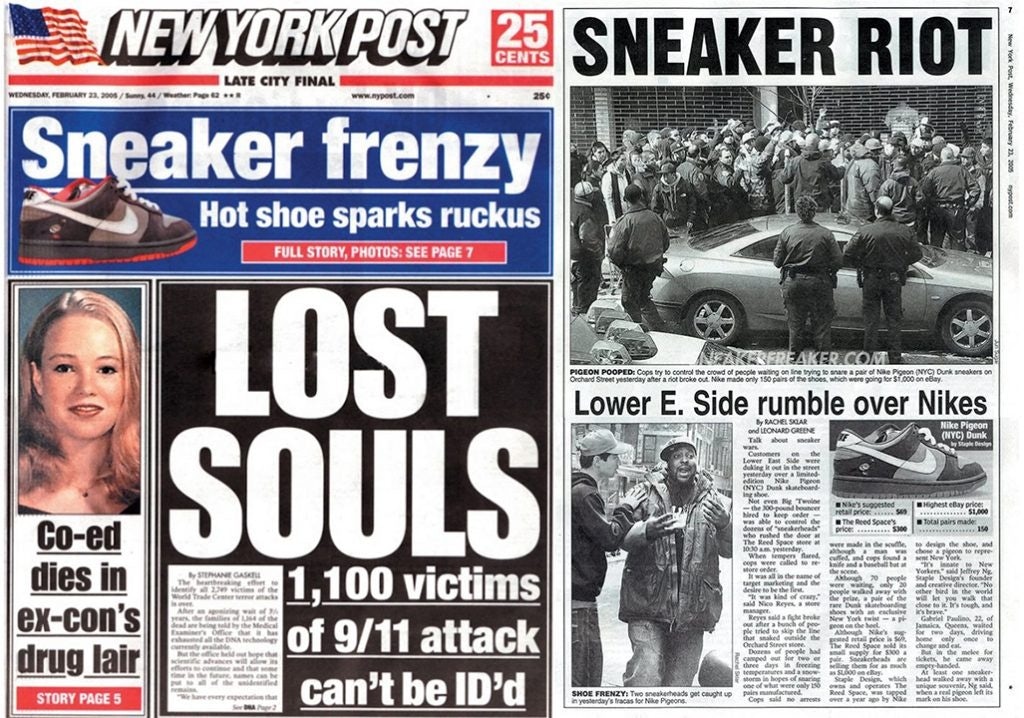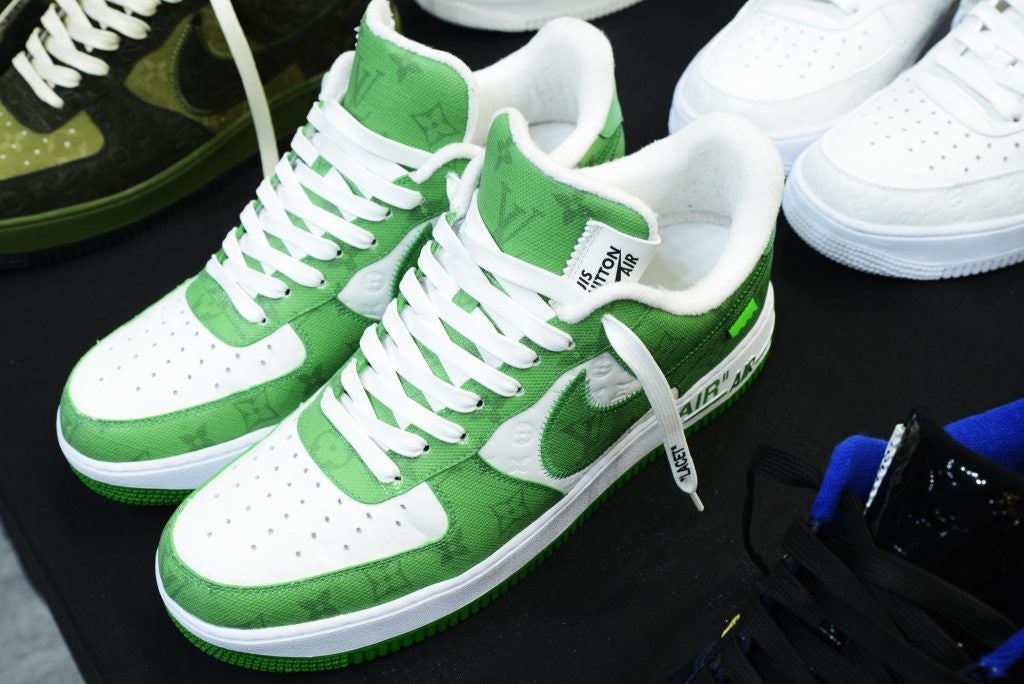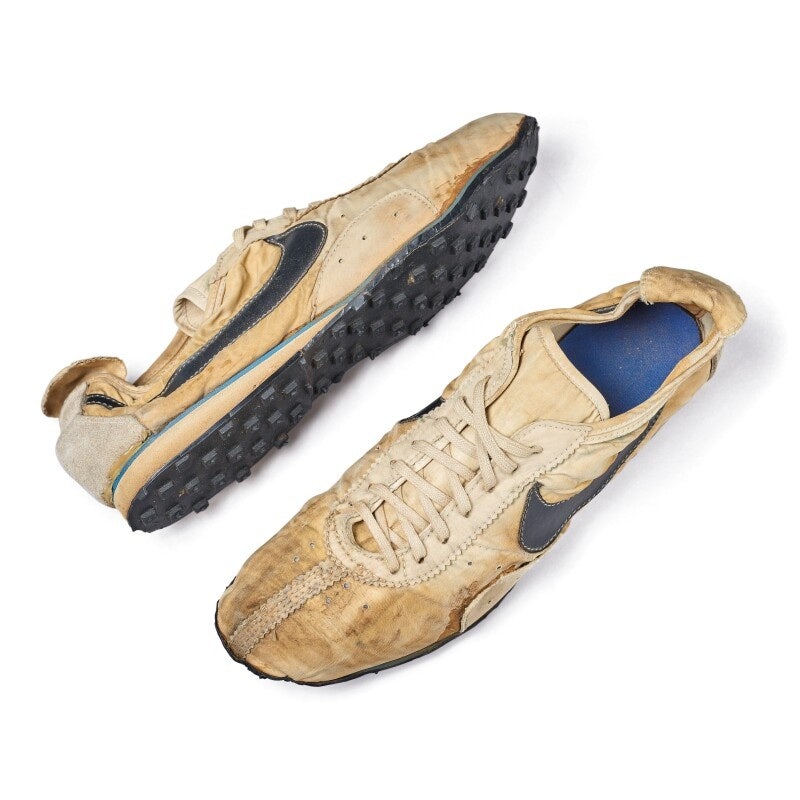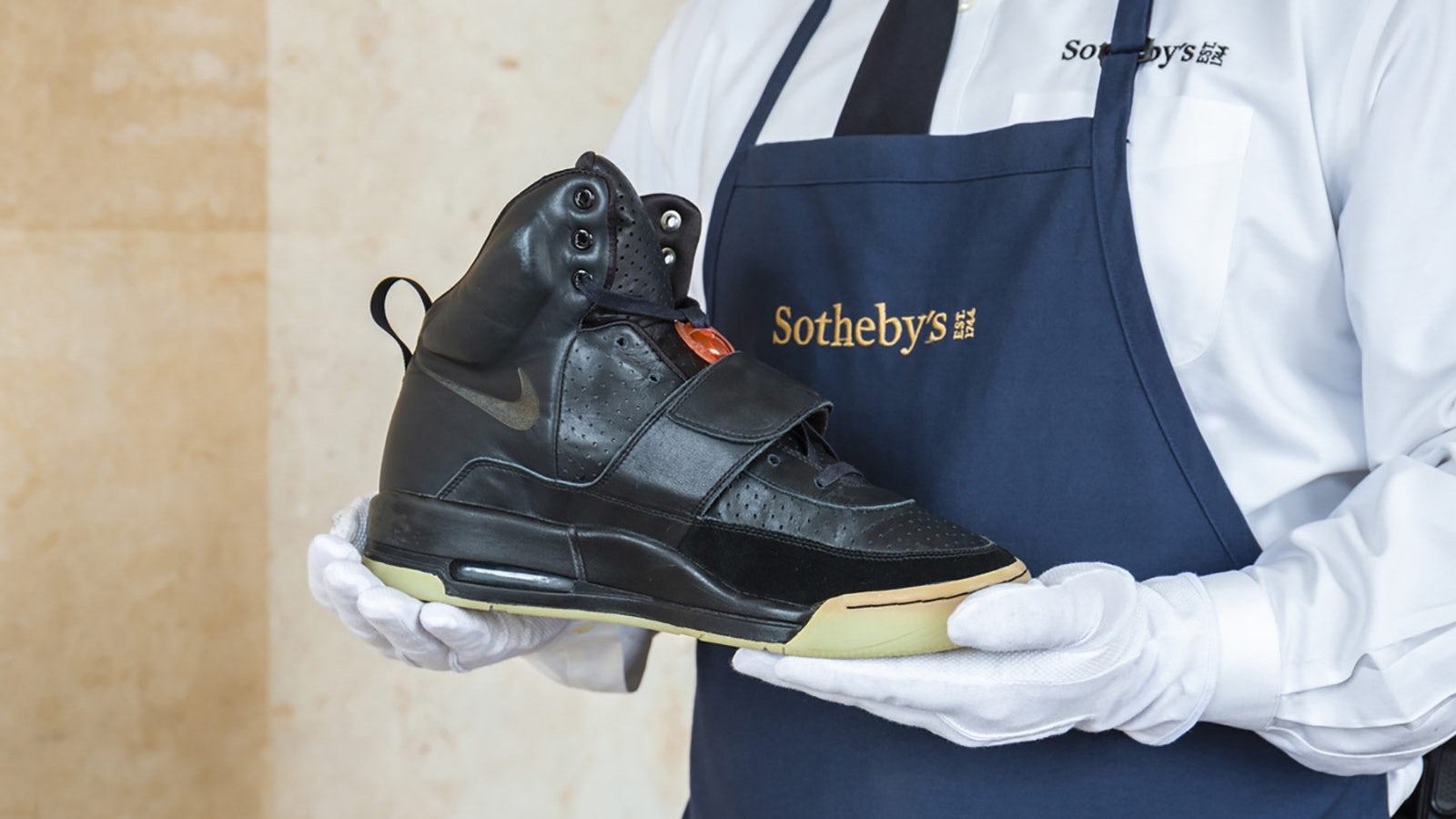Hype historians will say the culture of sneaker collecting shifted with the humble, and universally hated, pigeon. When Nike released the SB “Pigeon” Dunk on February 22, 2005, kids camped outside for days — braving a blizzard — for the chance to snag the brand’s New York City-inspired shoe.
While this chaotic scene would hardly bat an eye today, it was largely unheard of back then. With just 150 pairs sold across five shops in the city, the hyper-limited release almost stirred a riot: a shoving match broke out, weapons were drawn, and the NYPD and SWAT were called to make arrests.
“Part of the reason why the cops showed up is because they thought we were dealing drugs out of our store,” narrated Jeff Staple, the visionary behind the Pigeon Dunks and owner of the now closed boutique Reed Space in Lower East Side. Of course, they didn’t believe him when he said he was just selling footwear. But when the phrase “Sneaker frenzy” was slapped across the New York Post’s front page the following day, the world soon awakened to the sneaker cult.

As sneakers evolve from functional pieces to fashionable assets, the resale market for them has soared, forecast to be worth $30 billion by 2030. Just look at the value of the Pigeon Dunks: originally sold for $300, the grey and white kicks fetched $25,200 on Sotheby’s last year. Meanwhile, the Nike Air Jordan 1 sneakers have an average resale value of up to 1,816 percent, making them the hottest commodity on the secondary market.
To better understand this trend, Jing Daily teamed up with Sotheby’s for a webinar titled “Demystifying the Sneaker Market.” The panel included Tiffany Beers, Head of Innovation at Logitech Gaming; Miles Nadal, founder at Peerage Capital and car and sneaker collector; Jeff Staple, founder and CEO of Reed Art Department; and Brahm Wachter, Sotheby’s Head of Streetwear and Modern Collectables. Together, they shed light on how sneakers have become coveted assets and whether they make good additions to one’s portfolio.
How have sneakers crossed into the luxury space?#
High fashion and athletic footwear have long collided. Prada’s America’s Cup, one of the OG luxury sneakers, dates back almost 25 years. What is new, Staple points out, is not that the luxury brands have embraced sneakers but that the relationship is finally being reciprocated.
“The Nike and adidas of the world want to hang their hat so much on athletics and performance, and really, luxury and fashion and trends are almost like the polar opposite of that,” the fashion designer explained. But as street culture becomes mainstream and consumers freely mix and match luxury and athletic pieces, some of that fear of brand dilution has been put aside. The Louis Vuitton x Air Force 1, which draws inspiration from the bootleg work of Dapper Dan, is one recent example of how sneakers can easily straddle these two worlds.

What makes for a collectible sneaker?#
When asked about examples of shoes that make for great collectibles, three came to mind for Wachter. First, there’s the Nike Air Yeezy 1 shoe worn by Kanye West at the 2008 Grammys, which sold on Sotheby’s for $1.8 million — the highest price ever paid for any pair of sneakers. Then, there’s the earliest pair of game worn shoes by Michael Jordan, the Nike Air Ship, which sold for $1.5 million. And finally, there’s the only unworn pair of Moon Shoes in existence, which ended up in the hands of fellow panelist Nadal for $437,500.

What these sneakers have in common is their tie to culturally significant moments. When Kanye wore the Air Yeezy, he introduced the world to an entirely new silhouette, one designed for an artist rather than an athlete, and unofficially declared his fashion ambitions. Similarly, the Moon Shoes, known for their waffle-iron inspired outsole pattern, marked the next step in footwear innovation and are steeped in sports history. “I would say 95 percent of the sneakers that are valuable aren’t driven by performance,” Wachter said. “They’re really driven by either cool collaborations or historical importance.”
Are sneakers a good way to diversify assets?#
The sneaker market has been bullish since the pandemic, rising at the fastest inflation rate in 20 years. That said, Nadal, who has been collecting sneakers since 2019, notes its limitations. Unlike other asset classes such as real estate or securities, investors would not be able to build, say, a $100 million collection simply because the market is not yet big enough.
However, Nadal added that those who do purchase sneakers will see significant appreciation. “Because the minute you say to people there is limited supply, you all of a sudden have a spike in demand. And the minute you say this is for friends and family only, then you get hysteria.”
What’s the formula for creating the next collectible?#
Unfortunately, there isn’t one. While sneakers that are a reiteration of something iconic may stand a better chance in the market, there are many other intangible factors at play when designing from scratch. “I think there’s a magic wand that needs to happen,” Staple said. “It’s not, ‘Let’s call this designer, put this developer in, sell it in this shop, and we’re going to have a home run.’” Nadal and Wachter echoed this sentiment, citing cultural understanding, nostalgia, timing, and just plain old serendipity as keys to making something successful.
While creating the next modern collectible is elusive, procuring one doesn’t have to be. On December 1, Sotheby’s marked its official entry into the streetwear market with a drop of 120 Supreme x Louis Vuitton apparel and accessories, sourced in conjunction with Jing Daily’s newly launched Modern Collectibles Division. Items are now available to purchase here.

